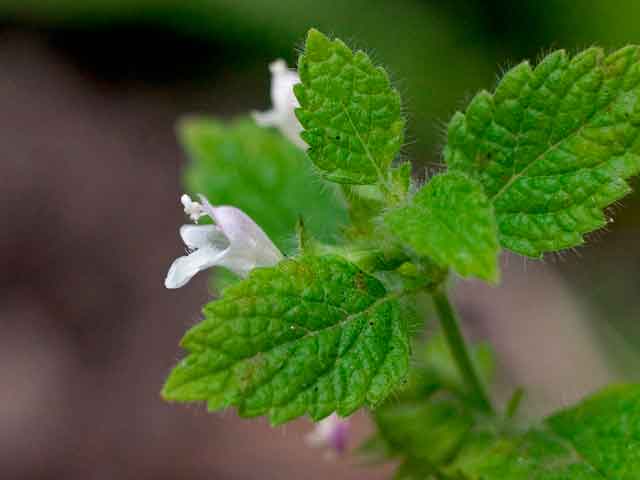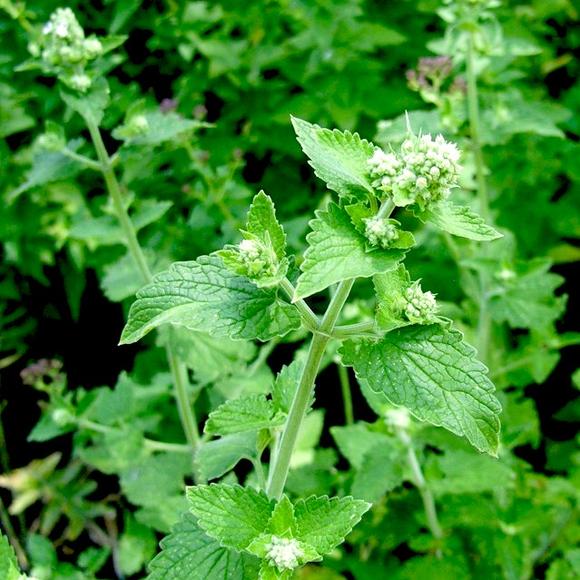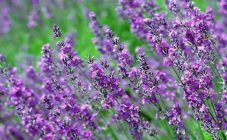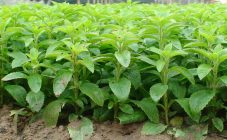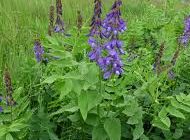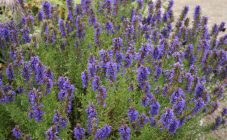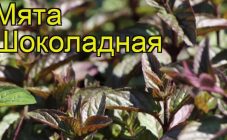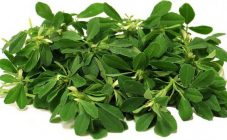Content:
Melissa is a herb with a long life cycle and belongs to the Lamiaceae family. The stems and leaves of the plant contain a large amount of essential oil and other substances useful to humans.
Some technical data
Melissa blooms from mid-June to early August. In late summer and early autumn, fruits appear on the hybrids.
The description of lemon balm is as follows:
- the height of the bush ranges from 0.3 to 1.2 m. The roots are highly branched;
- the stem of lemon balm has 4 faces. It is either completely naked or covered with short hairs;
- the leaves are shaped like an egg or a rounded diamond. Their edges are serrate, wrinkled, pubescent;
- lemon balm flowers are collected in 6-12 pieces in false rings. Their cups are equipped with teeth like an awl. The corolla of the plant is lilac or lilac. The flower has 4 stamens and a pistil with a rather long column;
- the fruit should look like egg-shaped nuts (4 pieces) and be black in color. The seeds inside it remain working for about 3 years.
Melissa grows in the Mediterranean, North Africa, Asia, Central and Southern Europe, North America. It is cultivated as a medicinal plant in Russia, Lithuania and other countries. For this, 2 varieties are often used - Quedlinburg creeping and upright Erfurt lemon balm.
Plant varieties and cultivation
Many hybrids of this medicinal plant have been bred. They differ in the duration of flowering, leaf shape, aroma persistence.
The most popular varieties of lemon balm are as follows:
- The upright Erfurt type belongs to the early maturing species with a bush height of 0.4 to 0.8 m;
- Pearl - has a spicy scent, and its bushes stretch 0.6 m;
- Lemon aroma, unlike other varieties, tolerates winter frosts well, and the plant height can reach 1.1 m;
- Tsaritsinskaya Semko belongs to the medium-ripening hybrids;
- Freshness has a spicy taste and aroma, and its stem height reaches 0.6 m;
- Isidora stretches upwards by 0.9-1 m;
- Lime contains high amounts of ascorbic acid and essential oil.
In addition to medicinal varieties, there are decorative types of lemon balm:
- the variegated type of plant is distinguished by the presence of a golden decoration on the green plates;
- Pure gold has leaves that are golden or yellow in color.
Melissa propagates by seeds, by dividing bushes, by cuttings with roots or by cuttings. If you plant seedlings using the first method, then the first 12 months they do not bloom. Melissa prefers to grow on loamy and clayey soils with normal moisture.
In the room, it is best to mark the crop pots on the windowsills located on the south side of the house. It is necessary to plant seeds in late February or early March. They are buried 5 mm into the ground. After the sprouts appear, they are dived and thinned out. It is better to grow no more than 3 specimens in each pot.The next thinning is carried out after 14 days. After that, the tops of the hybrids are plucked, and then the seedlings are transferred to the garden, to a permanent place.
You can also grow lemon balm by dividing the bush, which is carried out at the end of summer. Each part should have roots and 3-4 buds. Caring for the bushes involves constant hydration of the hybrid, fertilizing with mineral fertilizers (you need no more than 2 g of potassium and phosphorus mixtures per 1 liter of water).
Melissa plant - properties of the herb
On the shelves of pharmacies, you can often see boxes with the inscription "Melissa medicinal herb", which many buy. Indeed, the stems and leaves of the plant contain substances useful for humans such as:
- vitamin C;
- essential oils;
- organic acids;
- antioxidants;
- sterols;
- saponins, etc.
Melissa has antispasmodic, immunomodulatory, antibacterial and antiviral effects on the human body.
This herb releases a lot of nectar during flowering, and honey obtained from such raw materials is ranked among the highest grades of the product. Hybrids are also used in cooking. Fresh or dried leaves are added to salads, fish, mushrooms, and used for pickling tomatoes and cucumbers. Lemon balm is also added to liqueurs, herbal tea is made from it. In Denmark, meat products are preserved with this spice.
Melissa herb: instructions for use
Decoctions are prescribed as an adjuvant in the treatment of the following diseases:
- sleep disturbance;
- headache;
- signs of flatulence and heaviness in the stomach;
- cold.
For treatment, dried herb is diluted in water, and then given to the patient 3 times a day, 10-15 ml.
Diseases and pests of culture
If you plant lemon balm in the garden, then from the spring it will be threatened by such insects as the mint flea, green shield beetle, leaf beetle, aphids, leafhoppers, ticks. The plant will look bad under the influence of slobbery penny and wireworm. To eliminate these parasites, it is recommended to use the drug Decis, which is sprayed over the plantings a month before harvesting the raw materials.
If you plant lemon balm a little later, for example, at the end of March, then it can get sick with rust, powdery mildew and fungal infections. The grower will need to see what preventive measures to take to protect the planting. To avoid crop losses, you need to treat the seeds or cuttings with potassium permanganate before planting.
The action of modern drugs is ineffective against some diseases, although they eliminate bacterial and fungal infections.
Useful information about the plant
Novice gardeners are often interested in how to dry lemon balm grass, what needs to be done for this. It is not recommended to freeze the resulting crop, as the product will be moistened and covered with mold. The easiest way is drying. You need to harvest the grass in June or August. Some farmers manage to get 2 crops per year.
Leaves can only be harvested on a dry, cloudless day. Their surface should not be wet, otherwise they will become covered with mold, and it will become more difficult to dry them. It is better to cut off the plates by hand.
To dry them, all the raw materials are laid out under a canopy, so that the rays of the sun do not fall on the leaves. The material is constantly agitated - this process will help eliminate unnecessary moisture.
The process takes place at a positive temperature of 25 to 35 ° C. If the weather is rainy, then you need to bring the raw materials into a well-ventilated room. After the entire crop has been dried, it is placed in glass vessels with tightly fitted lids.
Any novice gardener, following the recommendations of specialists, can grow lemon balm on their own. And if necessary, dry the plant and get a useful preparation or tea additive from it.
